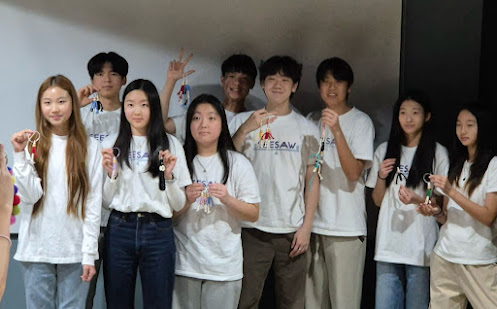Visually impaired artists and their impact
Despite these methods and technologies, visually impaired artists may still face additional challenges and barriers when it comes to pursuing a career in art. For instance, access to art education and opportunities to exhibit and sell their work can be limited, which can make it difficult for visually impaired artists to gain recognition and establish themselves in the art world. Despite these obstacles, many visually impaired artists have been able to overcome these challenges and achieve success in their careers through determination and the use of assistive technologies and techniques.
In addition to facing practical challenges, visually impaired artists may also face societal attitudes and biases that can limit their opportunities and recognition. It is important to challenge and change these attitudes, and to recognize and celebrate the talent and creativity of visually impaired artists. They bring a unique perspective to the art world and contribute to the diversity and richness of the arts community. By providing accessible resources and opportunities, we can help ensure that visually impaired artists are able to fully participate and succeed in their careers. This can include things like providing braille and audio versions of art education materials, as well as creating exhibitions and events that are accessible to visually impaired individuals.
There are many inspiring examples of visually impaired artists who have achieved success in their careers and made significant contributions to the art world. By showcasing and promoting their work, we can help raise awareness and understanding of the talent and potential of visually impaired artists. This can help create a more inclusive and diverse art community, and can also inspire others who are visually impaired to pursue their creative passions.
In conclusion, visually impaired people are able to create art using a variety of methods and technologies, and many have achieved success in their careers despite facing additional challenges. By supporting and recognizing the talent of visually impaired artists, we can help create a more inclusive and diverse art community. This can involve providing accessible resources and opportunities, as well as challenging and changing societal attitudes and biases. By celebrating and promoting the work of visually impaired artists, we can raise awareness and understanding of their talent and potential, and inspire others to pursue their creative passions.
By Aden choo



Comments
Post a Comment